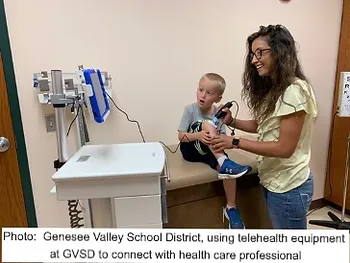
After completing this course of six 3-hour classes, it is clear that if I continue to summarize one 3-hour class and its assigned readings per blog post, they will all be prohibitively long. So from here forward, each post will consist of a summary of either one of the readings, or the class content itself. In this way, each class will be represented by about 4 blog posts. I’ll clearly label them to make it easier for those of you who do all your homework (and I know each of you will read all of this thoroughly), to go back and find an earlier read if you need it for reference. Now for this week’s installment…
Class #2, Summary of Reading #1:
Clifton J. et al. 2016. Public infrastructure services in the European Union: challenges for territorial cohesion, Regional Studies, 50(2): 358-373 https://doi.org/10.1080/00343404.2015.1044958

In Europe there is a movement toward “territorial cohesion.” This is a concept that includes functionality of a particular economic region. An economic region might not fall neatly into municipal boundaries, but if these were removed and we looked more at the flow of economic transactions, that would define a territory in this sense. For example, while living in Ithaca, I can get some of my economic needs met locally, when I need something our area does not provide (international air travel, for example, or larger selection on clothing or home goods) I have Syracuse, Rochester, and Binghamton that are all about the same distance away. However, I tend to choose Syracuse most often. In fact, Binghamton is slightly closer, but Syracuse has better offerings for my needs.
Back to the reading – Europe is looking to improve the lives of people by focusing on supporting these economic territories that already exist.
Basics for a functional territory include ensuring telecommunication, energy, and transportation are accessible and functional within and around the territory. And the goal is to ensure that distance, or geographic location does NOT impair an individual’s or organization’s ability to avail themselves of this basic infrastructure.
This means public provision of these services WILL LOOK DIFFERENT in different territories. For example, urban areas will use more sanitation services and less energy than rural areas, so funding and resources need to be allocated accordingly.
To ensure that one’s location does not create a disadvantage in access to needed services, they are studying usage patterns, satisfaction, and pricing for electric, gas, water, fixed phone, mobile phone, and internet overall, and comparing urban to rural.
RURBAN is a project that recognizes that the increasing urbanization of populations is resulting in struggle in rural areas, and this is a project that aims to balance the benefit across areas by coordinating services through collaboration between rural and urban areas, rather than each area planning for its own needs without regard for surrounding areas. Read more about how they are doing this here: https://ec.europa.eu/regional_policy/en/policy/what/territorial-cohesion/urban-rural-linkages/
End of post.



